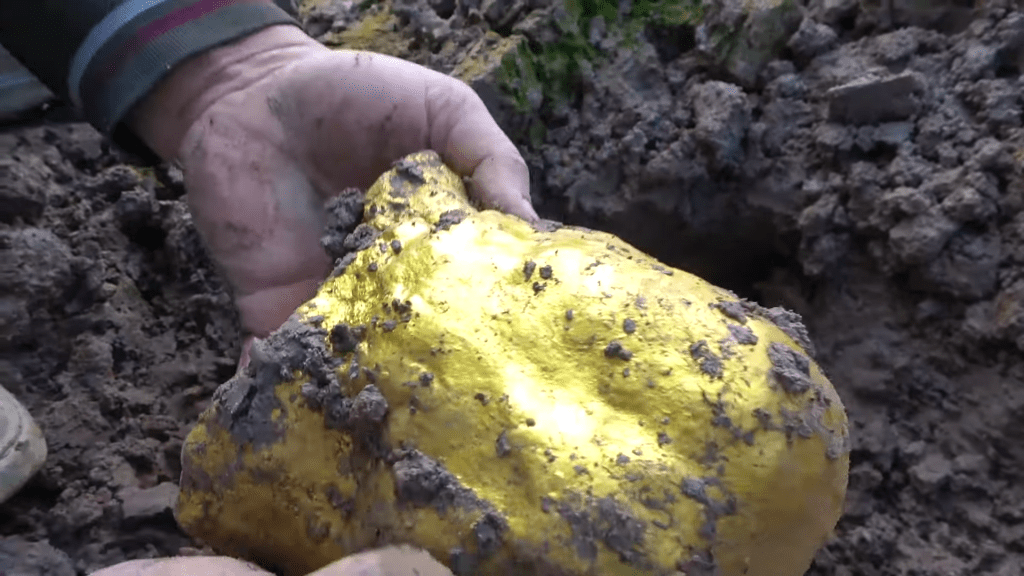While the contents inside this 2,000-year-old quartz bottle didn’t smell like much when it was unsealed, chemical analyses revealed its once-heady perfume: patchouli.
A surprisingly well-preserved perfume bottle is providing a rare olfactory window to ancient Rome — and letting in a familiar smell.
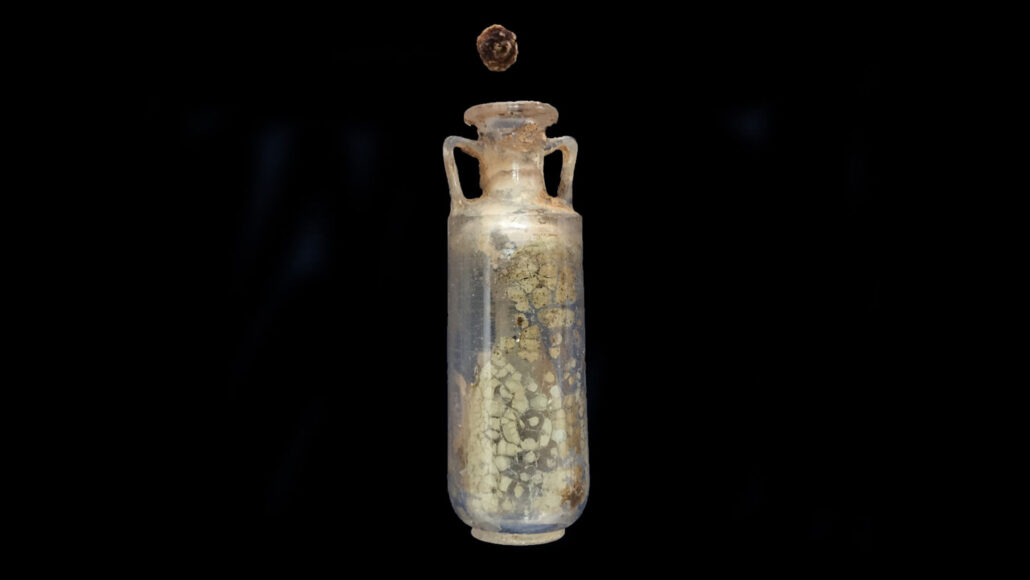
Chemical analyses of the contents of a 2,000-year-old bottle reveal that one of its ingredients was patchouli, researchers report May 23 in Heritage. The earthy scent is a staple in modern perfumes, but its use by the Romans was unknown until now.
The essence, in a quartz flask dating from the first century, was found in 2019 in a Roman burial in the southern Spanish town of Carmona, once an important Roman settlement. Researchers unearthed an egg-shaped lead case that held a glass urn. Inside the urn they found the flask and the cremated remains of a woman who was around 40 years old, says chemist José Rafael Ruiz Arrebola of the University of Cordoba in Spain. Cremation was a common form of burial at the time, and Romans who could afford it furnished their tombs with items to accompany the deceased into the afterlife.
The best of Science News – direct to your inbox.
Headlines and summaries of the latest Science News articles, delivered to your email inbox every Thursday.

The quartz bottle was by itself a luxury object in Roman times. Quartz is extremely hard, making it difficult to shape. The tiny size and exquisite detail of the object already made it a rare finding at a burial site. Even more unusual is that it was found tightly sealed with a dolomite top covered in a dark, tarlike substance that chemical analysis revealed as bitumen. Inside the jar, there was a solid mass — the preserved original content of the bottle.
Ancient written perfume recipes, while vague and incomplete, have previously revealed that Romans mixed fragrant extracts with vegetable oils, such as olive oil, as preservative. And in earlier studies, researchers have detected hints of floral extracts in bottles used to keep cosmetics — known as unguentaria. But this is the first time the source of an aroma has been identified.
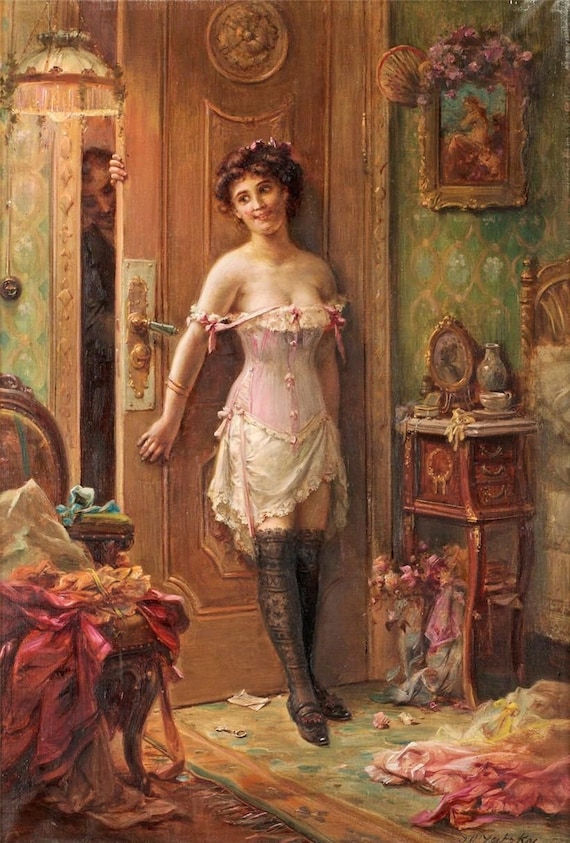
Laboratory analyses revealed that the bottle contained patchouli and vegetable oil. Patchouli is derived from a tropical plant in Southeast Asia called Pogostemon cablin. It likely reached Rome through trade networks.
Subjecting the bottle’s contents to gas chromatography coupled with mass spectrometry identified multiple substances typical of patchouli essential oil — most importantly patchoulenol, or patchouli alcohol. To rule out nard oil, which has many components in common with patchouli oil but in different proportions, the researchers compared the results with modern samples of patchouli oil.
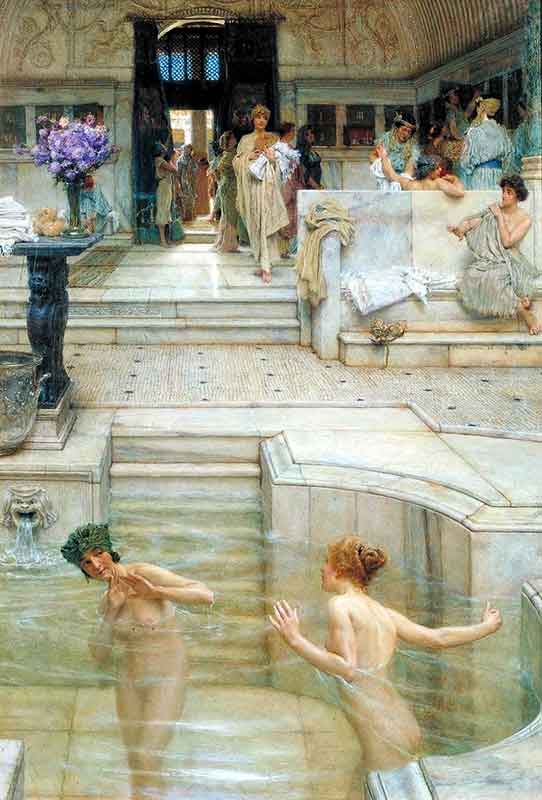
The bitumen seal was key in preserving the patchouli’s chemical signature. Not only did the seal keep the fragrance inside the bottle, but it also trapped the perfume molecules through a process called adsorption.
“Chemically, bitumen behaves like carbon, which is the best adsorbent for organic compounds,” Ruiz Arrebola says. The process is similar to carbon filters used in gas masks, he says. “Once adsorbed, [the molecules] aren’t volatile anymore and can’t escape.”
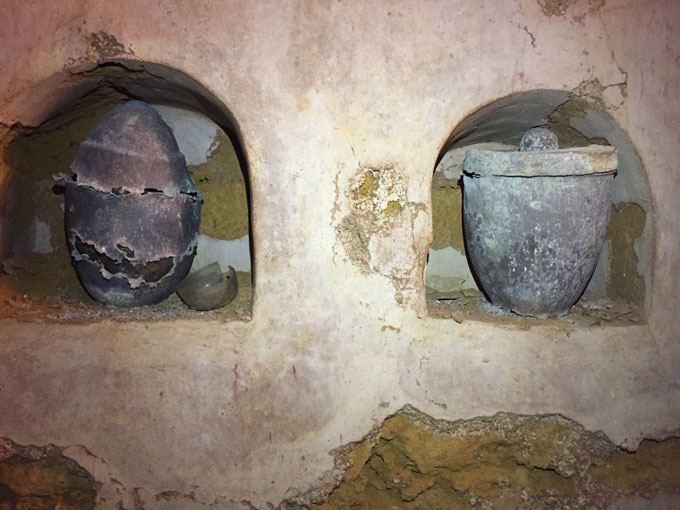
The extraordinary preservation of the burial site also played a role. “Being in a closed place and in total darkness is what allowed [the perfume] to make it to our days,” Ruiz Arrebola says. “Had the tomb collapsed and let light in, it wouldn’t have survived because light is the worst enemy to this type of chemical.”
The discovery fits into a growing trend of piecing together a multidimensional picture of ancient life, including its sounds and smells (SN: 5/4/22). “There are research groups and companies trying to re-create ancient perfumes,” Ruiz Arrebola says. “This will give them very important clue.”

But the finding doesn’t mean that the whole Roman Empire smelled like patchouli. “At the time, perfumes were reserved for the high society,” Ruiz Arrebola says. That the perfume was made from an exotic essence likely imported from elsewhere and bottled in a costly jar point to a wealthy proprietor, he says.
At the same time, it isn’t clear if this perfume was intended for use in daily life or had a spiritual or funerary meaning. The unopened bottle’s presence inside a funerary urn suggests an intimate gesture, not meant for public display.
“Luxury is useless if it can’t be displayed in front of society,” says historian Jordi Pérez González of the University of Girona in Spain, who was not involved with the study. “So patchouli might have been linked to the funerary world rather than to the daily life.”

